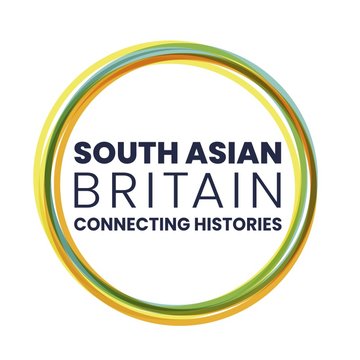
Mukul Dey
‐
Artist who specialized in dry-point etching
Place of birth
Date of arrival to Britain
Location(s)
London
WC1E 6BT
United Kingdom King Alfred School
North End Road
Golders Green
NW11 7HY
United Kingdom 12 Relton Mews
Knightsbridge
SW7 1ET
United Kingdom Royal College of Art
South Kensington
SW7 2EU
United Kingdom
Date of time spent in Britain
1920–7
About
Mukul Dey was an artist who specialized in dry-point etching. He studied at Rabindranath Tagore's school at Santiniketan. From 1911 his paintings appeared in monthly magazines in Calcutta, and then in 1913–14 the Indian Society of Oriental Art sent his paintings to Paris, London and other European cities for exhibition with the works of other students of Abanindranath Tagore. W. W. Pearson inspired Dey to work with dry point by giving him copper plates to scratch with a steel pointed needle and then sent these plates to London to be printed. In 1916 Dey accompanied Rabindranath Tagore on his tour of Japan and the US. In 1919 Dey went to the Ajanta and Bagh caves; his experiences were published in My Pilgrimages to Ajanta and Bagh.
In 1920 Dey went to London and was received by his old friend W. W. Pearson. Dey worked in Muirhead Bone's studio until he joined the Slade School of Art in London. In his holidays he worked at the King Alfred co-educational school in north London. In 1922 Dey was the first Indian to receive the Diploma in Mural Painting from the Royal College of Art. Dey regularly exhibited in London and met many prominent British figures in the art and literary world such as Thomas Sturge Moore, Edwin Lutyens, Laurence Binyon and Selwyn Image. His work was exhibited at the Royal Academy in London in 1923 and he decorated a portion of the Indian Pavilion at the Wembley British Empire Exhibition in 1924.
In 1927 Dey returned to India. In 1928 he became the first Indian Principal of the Government School of Art and Craft in Calcutta, a post he held until 1943. He continued to tour his work and remained an influential figure in India until his death in 1989.
Thomas Arnold, Herbert Baker, Laurence Binyon, Sir Muirhead Bone, Harindranath Chattopadhyaya, E. M. Forster, M. K. Gandhi, E. B. Havell, Dr Henry Lamb, Edwin Lutyens, Florence Mills, W. W. Pearson, William Rothenstein, Thomas Sturge Moore, Abanindranath Tagore, Rabindranath Tagore, Professor Henry Tonks, Ranada Ukil, Sarada Charan Ukil, John Woodroffe.
Twelve Portraits, introduction by Sir John G. Woodroffe (Calcutta: Amal Home, 1917)
My Pilgrimages to Ajanta and Bagh, introduction by Laurence Binyon (London: Thornton Butterworth, 1925)
Fifteen Drypoints, interpreted in verse by Harindranath Chattopadhyaya (Calcutta: Mukul Dey, 1939)
Mitter, Partha, Art and Nationalism in Colonial India, 1850–1922 (Cambridge: Cambridge University Press, 1994)
Mitter, Partha, The Triumph of Modernism: India's Artists and the Avant-Garde, 1922–1927 (London: Reaktion, 2007)
Sketch of Francis Younghusband by Mukul Dey, Mss Eur F197/677, Asian and African Studies Reading Room, British Library, St Pancras
Duplicate Passport, IOR/L/PJ/11/2/46, Asian and African Studies Reading Room, British Library, St Pancras
Material relating to 1960 exhibition held by Royal India, Pakistan and Ceylon Society, Mss Eur F147/100, Asian and African Studies Reading Room, British Library, St Pancras
Collection, Indian Museum, Kolkata
Mukul Dey Archives, Santiniketan, www.chitralekha.org
Collection, National Gallery of Modern Art, New Delhi
Collection, Victoria and Albert Museum, London
Image credit
© Remaking Britain: South Asian Connections and Networks, 1930s – present
